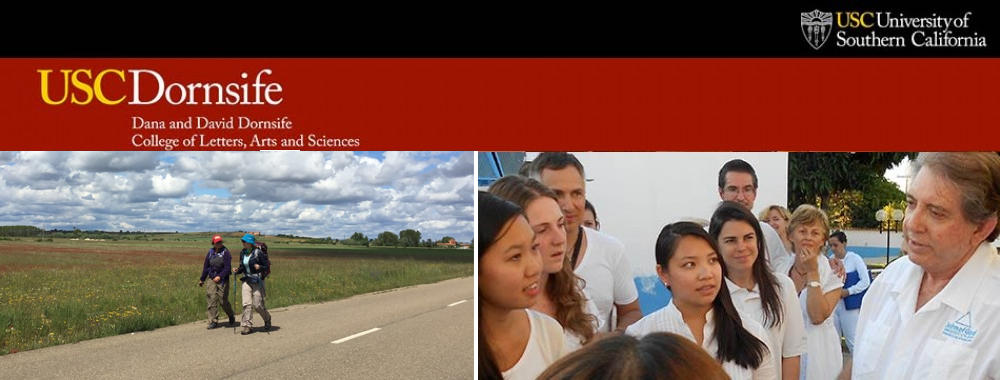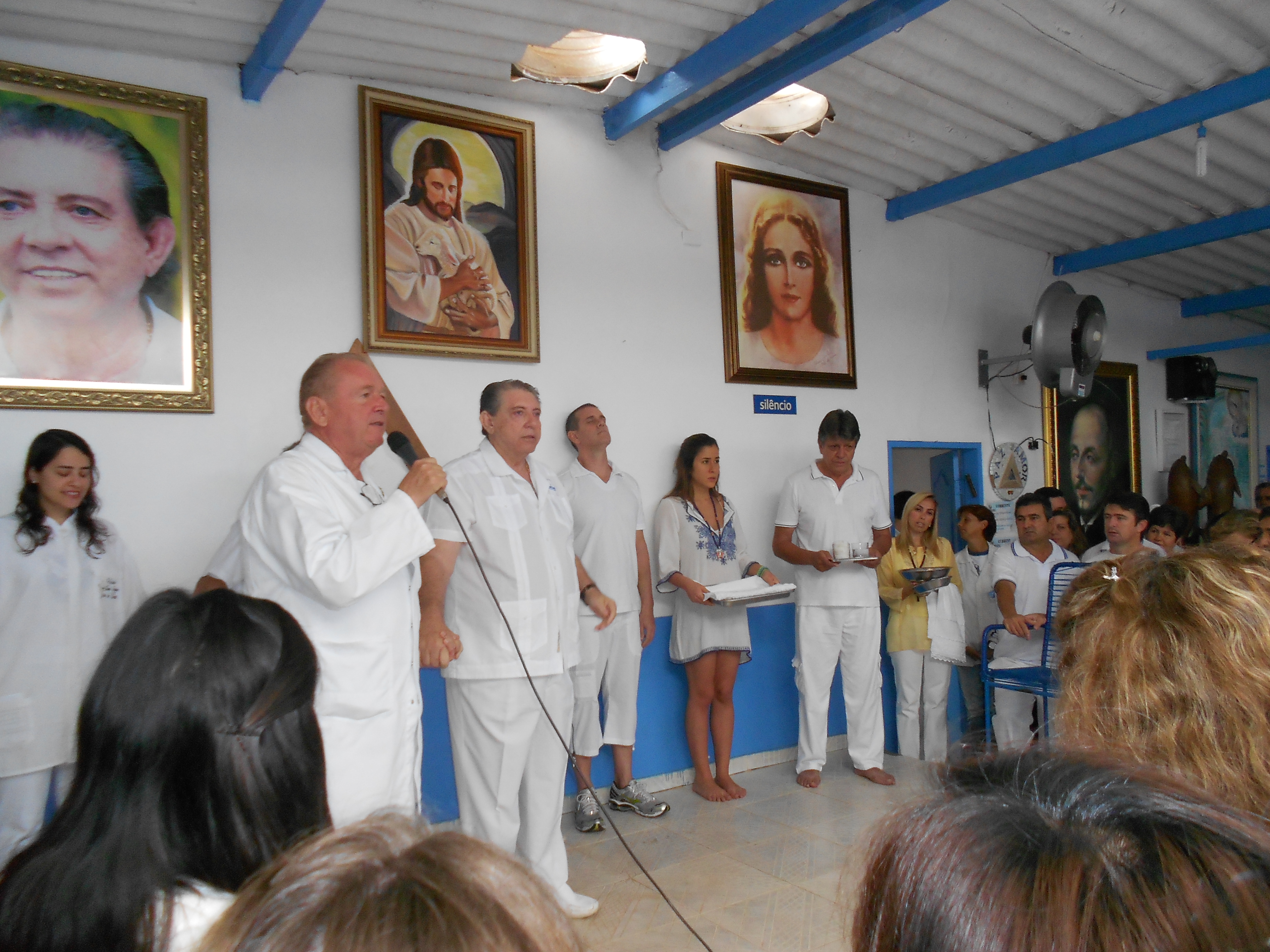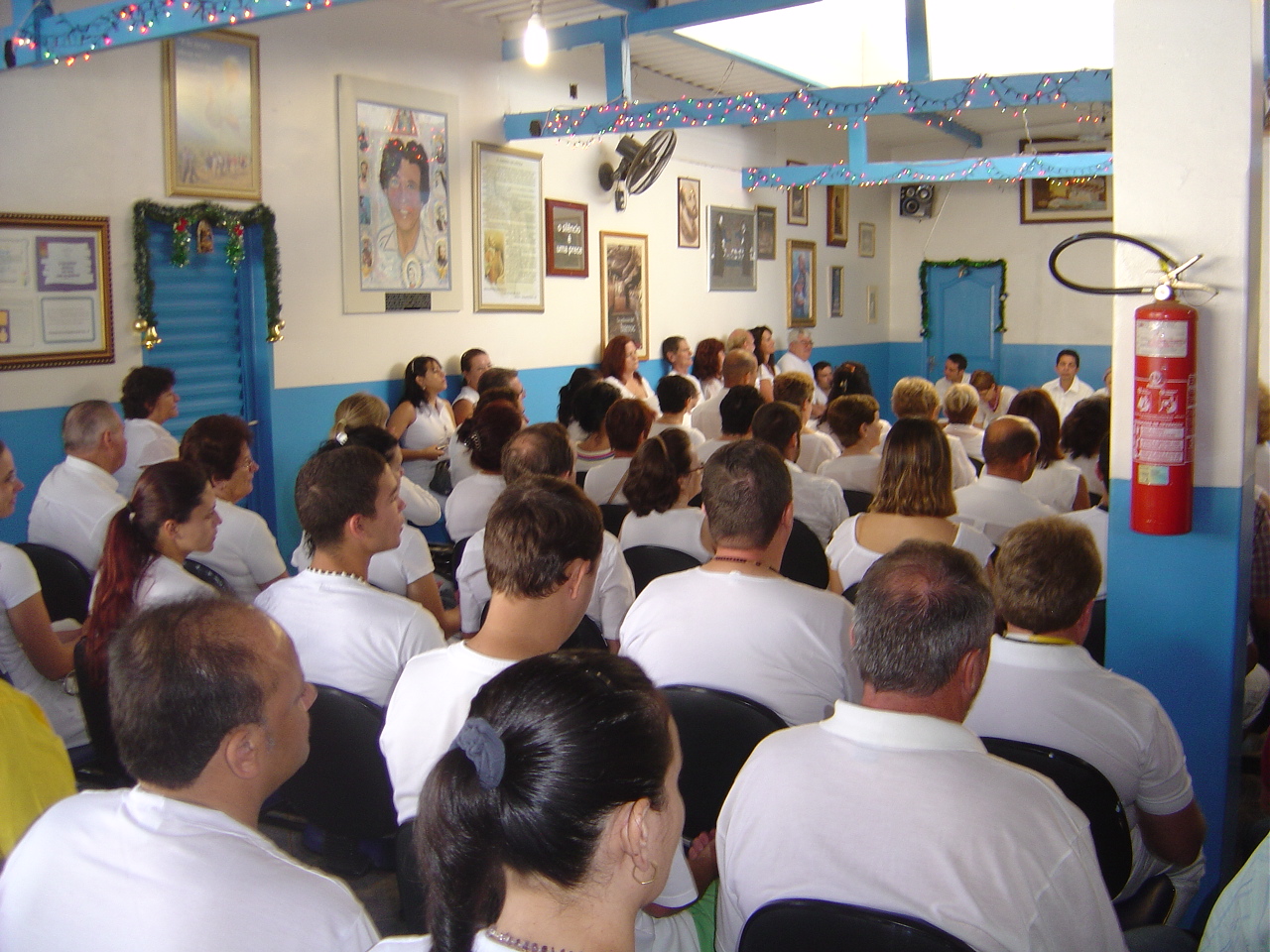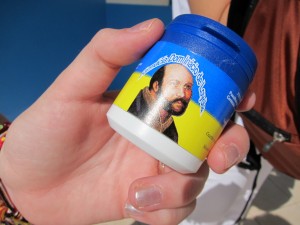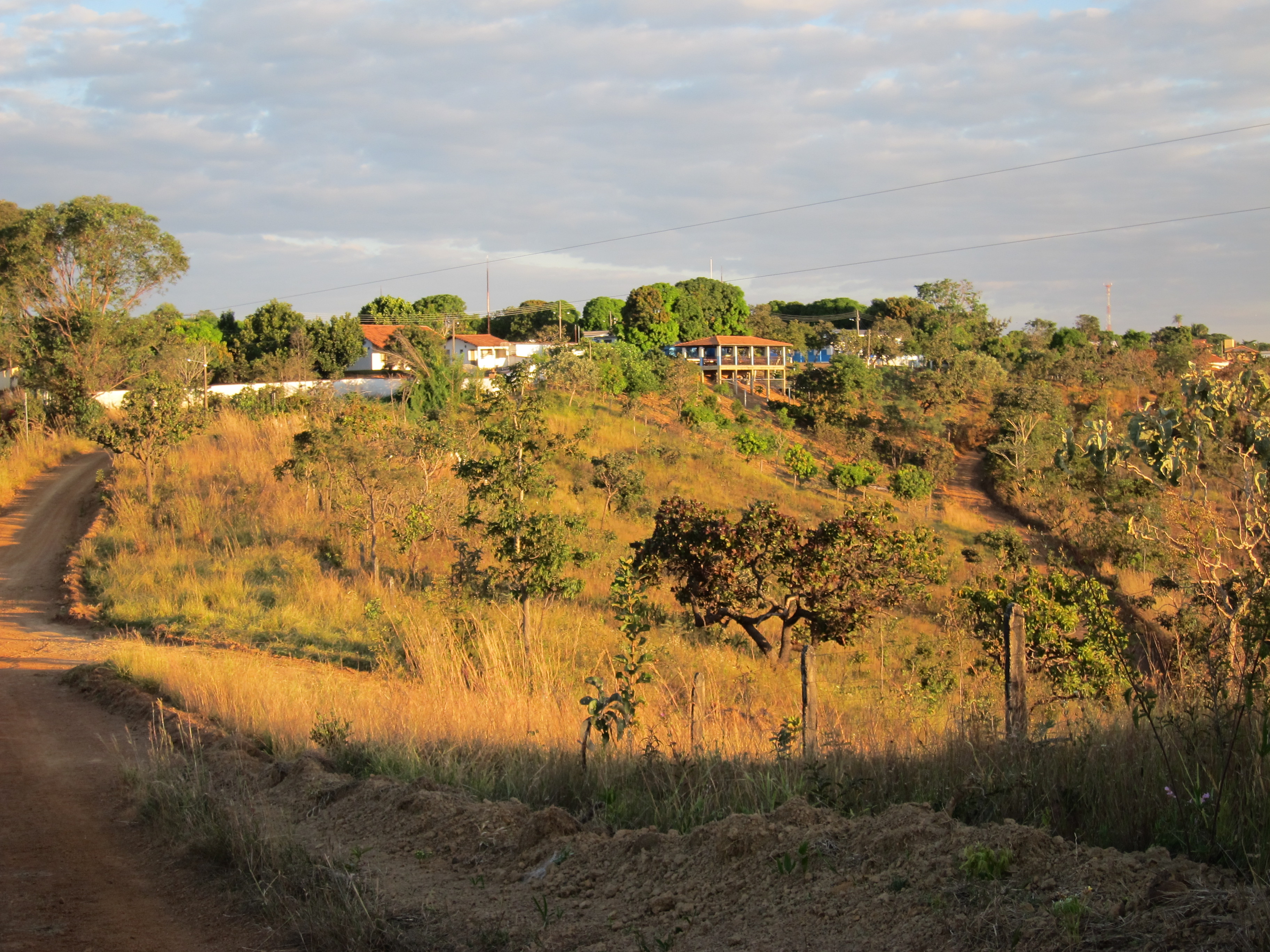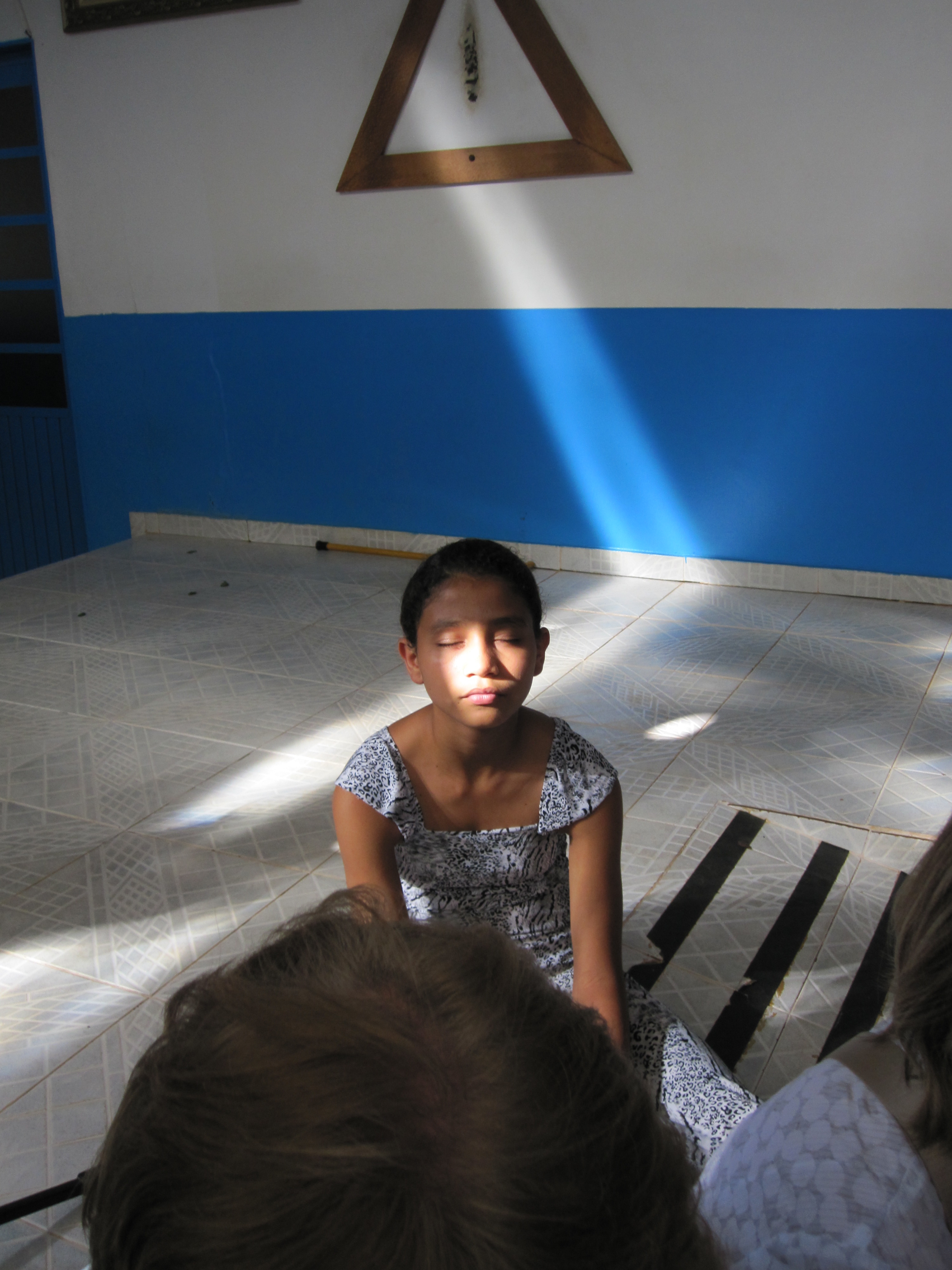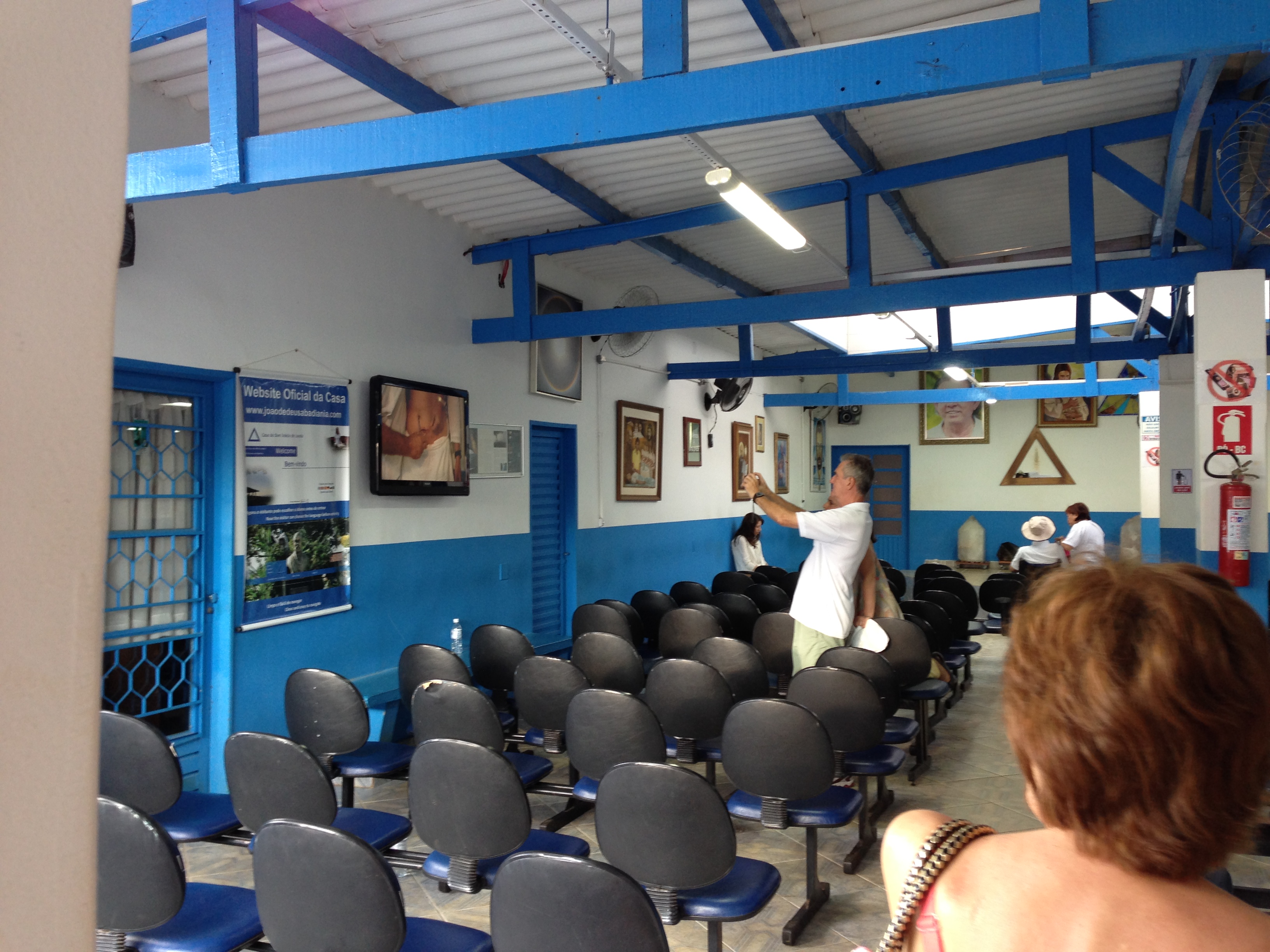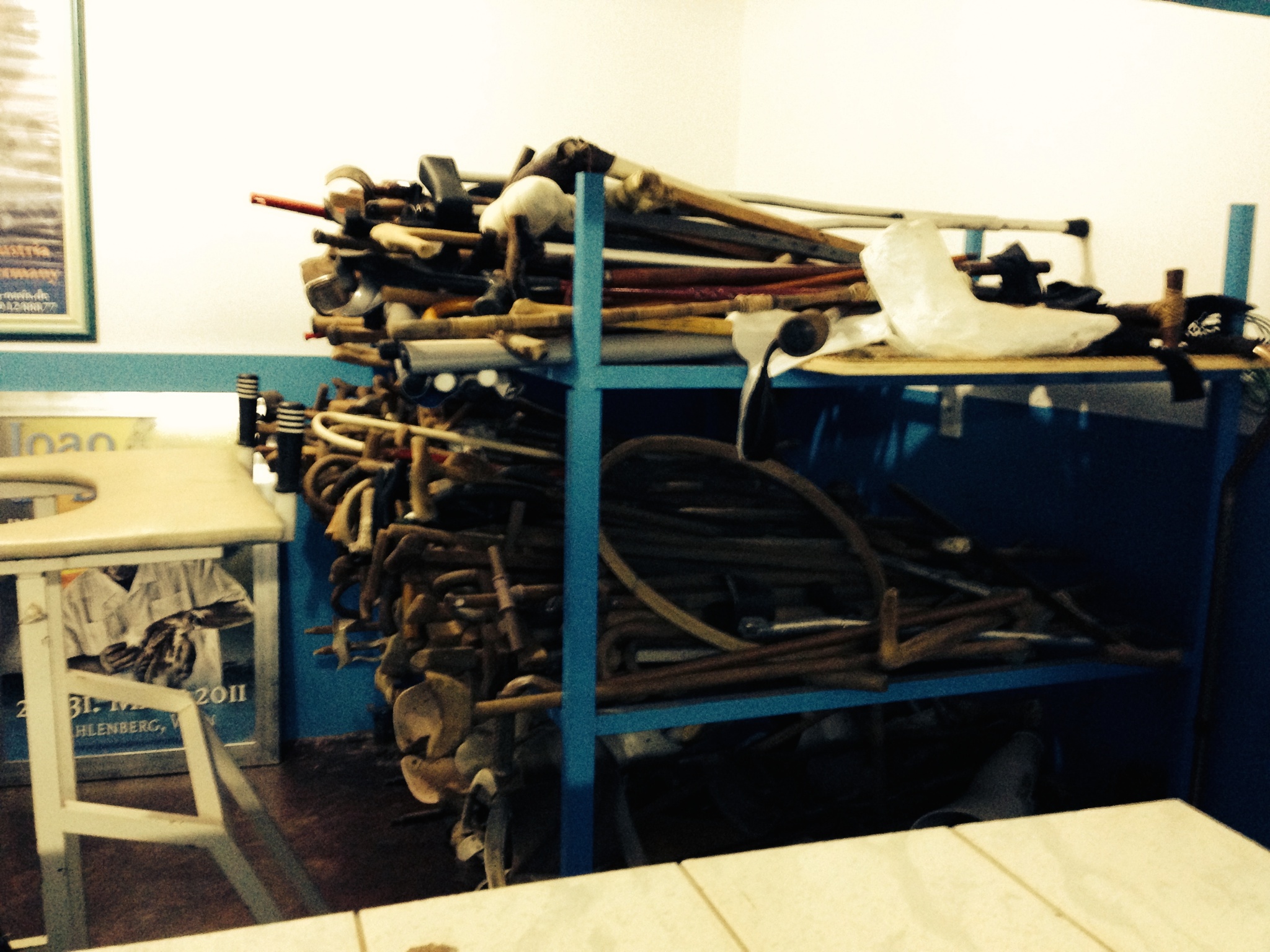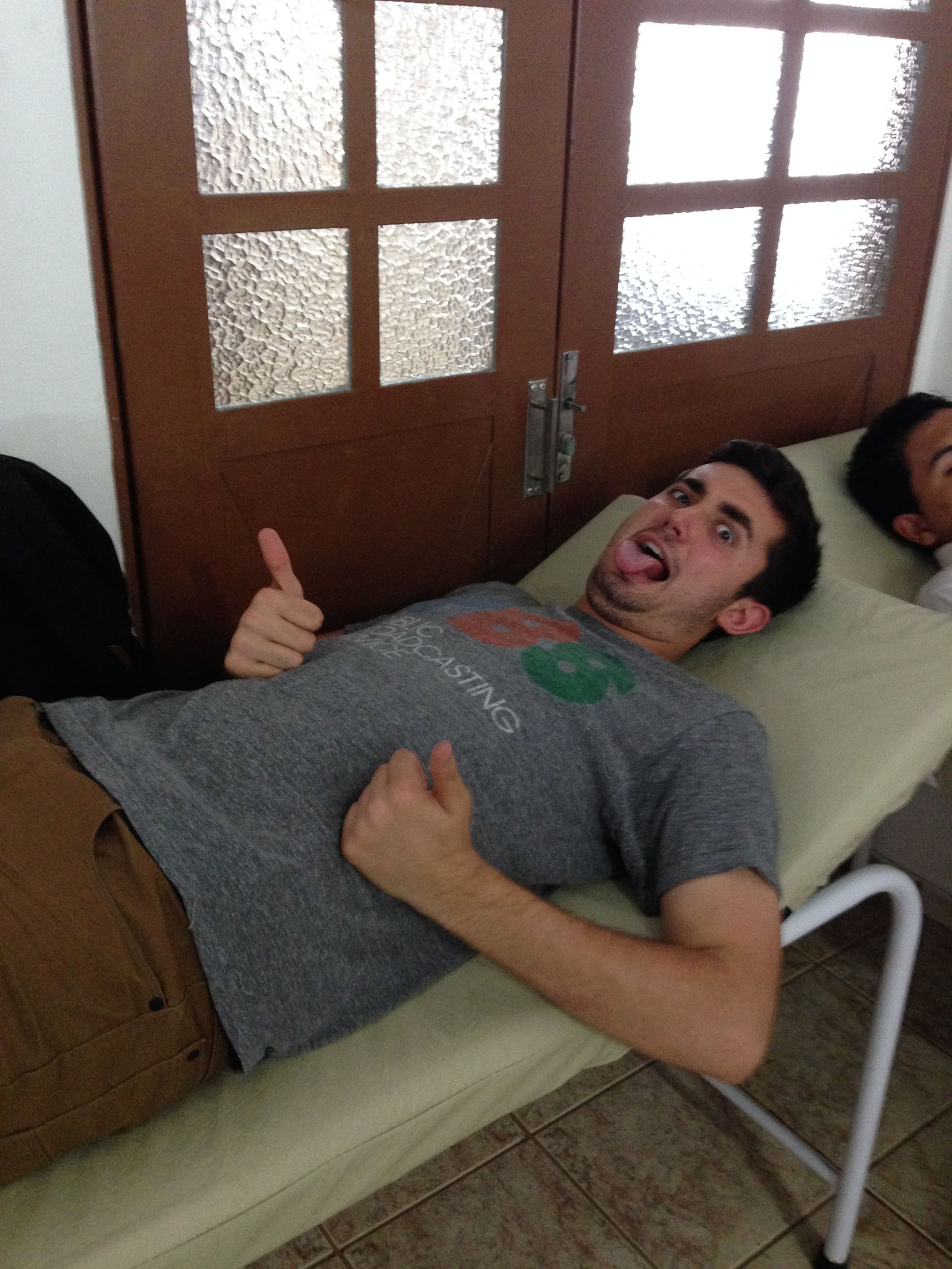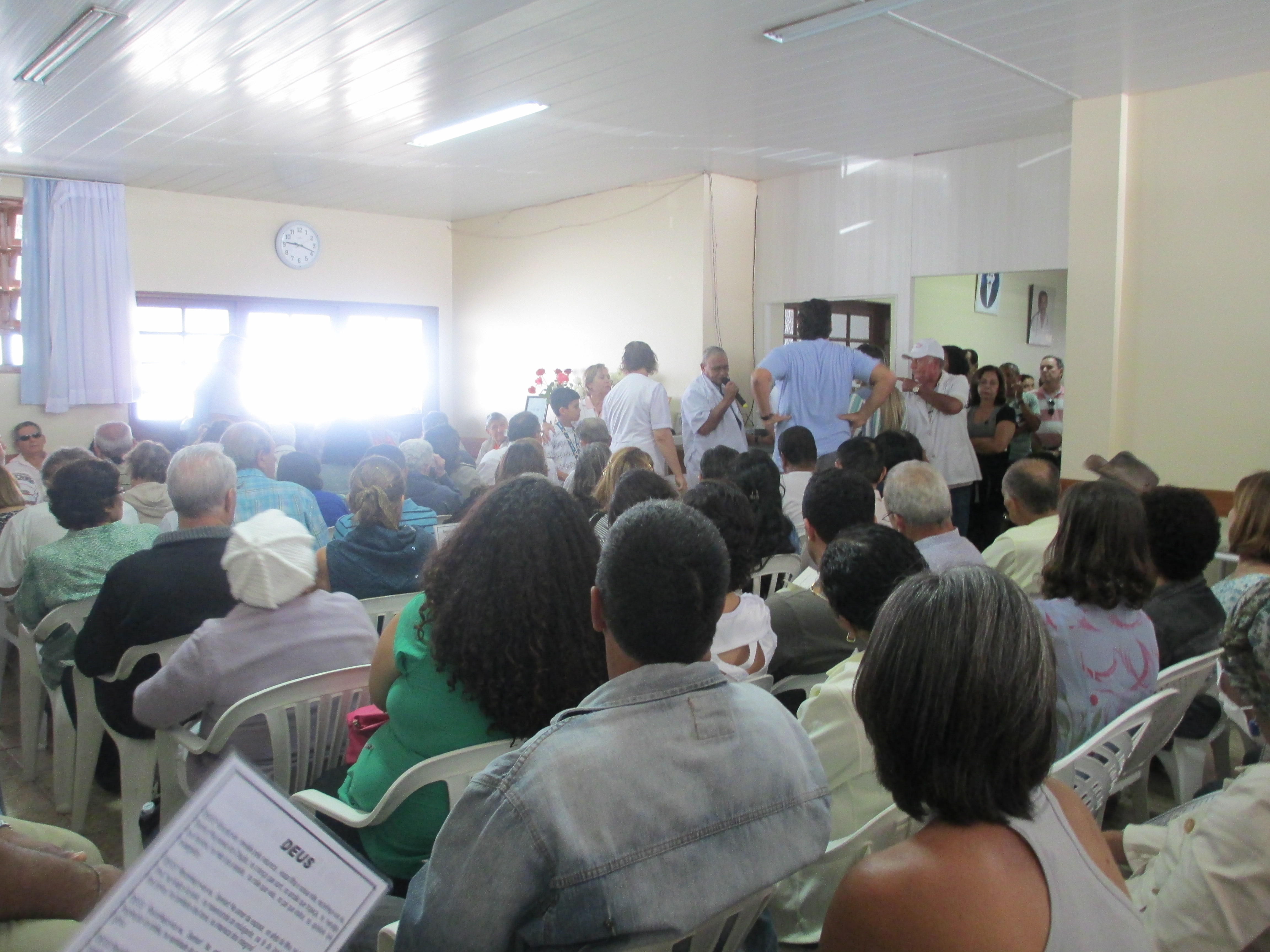by Grace Huang
A sense of serene calmness is what you are supposed to feel under the Entities (spirits) of the Casa. That was the exact opposite of what I was feeling when I realized I was the only student left in the front of the Great Hall when John of God reappeared on the main stage.
What was he doing out here again? He had already led morning prayer and was supposed to be greeting visitors in the revision line. Without a great understanding of Portuguese, my clue came from four volunteers carrying trays with contents varying from towels to medical instruments. He was about to perform a physical surgery. Needless to say that peaked my attention. As I moved to find a better view, he was already in the process of cutting behind the ear of this Brazilian native, a middle-aged woman who leaned against the wall.
There had been no anesthesia nor sterile drape. When John of God moved away I could see an open slit, still full of dripping blood. I mean, I had seen surgeries before, but this was shocking! When I looked around people either seemed disinterested or unamused, neither emotion I particularly expected. I don’t know if they were just shocked, trying to hide their reactions, or jaded from seeing too many John of God videos but I was definitely struck by it. I then turned back to the patient. These surgeries are supposed to be done with spiritual anesthesia resulting in no pain. Was there any evidence contrary to that notion? Yes, I definitely saw her squeezing her eyes shut. I also vaguely remember her not looking too happy as she was wheeled away in a makeshift wheelchair (that more closely resembled a shopping cart). So I would not be surprised if she not only felt it, but found it to be painful as well.
Now highly invested in the act, I watched John of God turn towards his second patient. I saw a much younger white male with his eyes closed and palms facing forward; his was a display of the fiercest concentration known to man. My guess, his nerves probably caused him to manifest a physical display of angst. Whatever doubts he might have been feeling, he still obligingly turned around so his back was facing the audience where the medium could make a two inch vertical incision right below the scapula. Then he used scissors to prevent more blood from dripping and stitched it up with another pair of scissors and string. All the while an older audience member, Dr. Clive, witnessed and then reported his findings over a microphone. Apparently, he was an Australian doctor used to verify that the surgery was done correctly according to his professional expertise.
Dr. Clive and the act as a whole failed to convince me of the use of physical surgery as a real and effective method for Spiritual intervention. First, his monotone voice was unable to coherently form words into sentences. Some might reason it was due to shock but I think it rose from an internal battle between portraying something that may seem real (ie. actually cutting) and a disbelief about the true effectiveness of the incision for either spiritual or physical healing based on his professional knowledge. Furthermore, his rehearsed manner of speech combined with his uncontrollable and rapidly blinking eyes showcased physical manifestations of a forced testimonial rather than an honest one. While neither patient outright screamed in pain, it was apparent to me that both were at least mildly reactive based on their change in facial expressions throughout the surgery. Sure, it might have been a powerful and abrupt means of for John of God to gain credibility, especially when considering the claim for a lack of need for anesthesia. However, upon closer inspection the patient and witness both showed subtle physical indications stating otherwise. So whether or not it swayed the majority cannot be known, but using this method of getting a skeptic like myself to believe seems over dramatic and way overdone, especially considering that a person in the audience fainted because of it.
